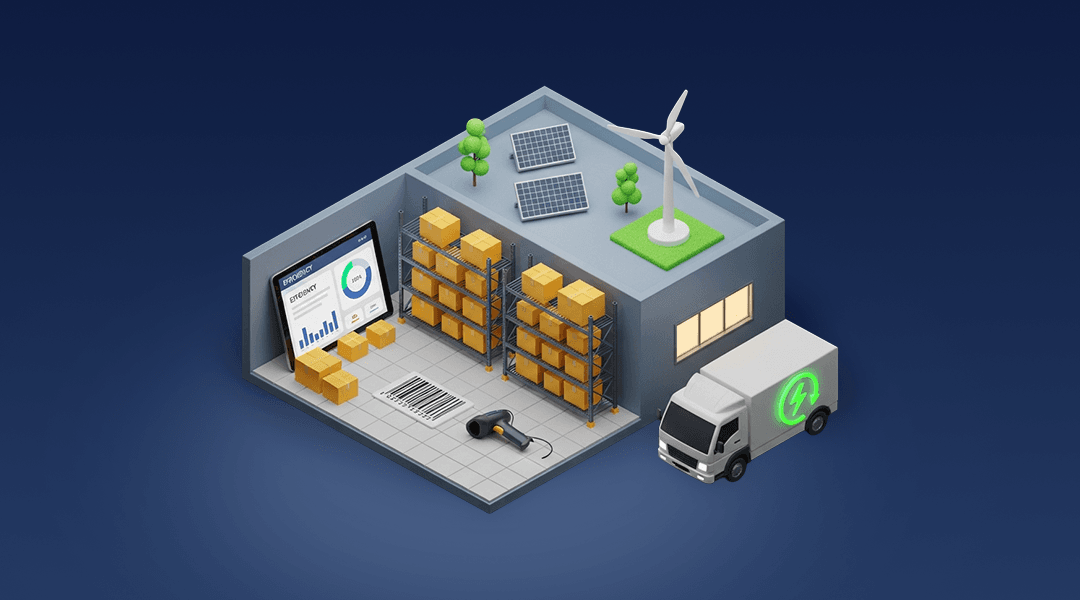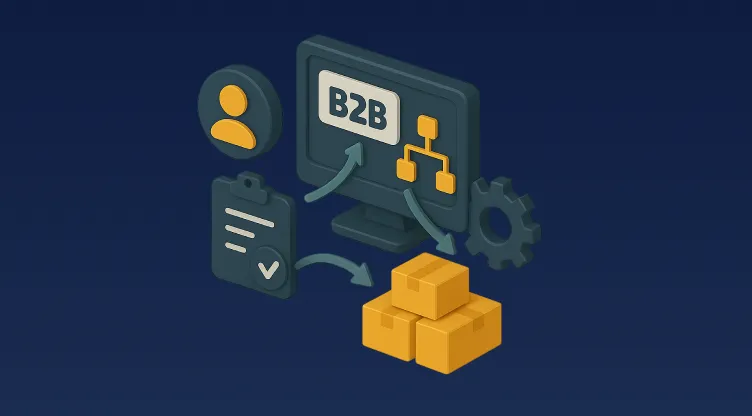Mastering High-Volume E-commerce: How to Scale Order Management Efficiently

Table of Contents
Speed Read for the Busy E-commerce Professional
Here’s a quick look at what this article covers:
- Why high-volume e-commerce businesses need an OMS.
- Essential features for scaling, including automation and multi-channel integration.
- Real-world examples of businesses in Saudi Arabia that scaled successfully.
- Best practices for reducing order processing time and improving customer satisfaction.
The Challenge of High-Volume E-commerce in Saudi Arabia
E-commerce in Saudi Arabia is booming. It is expected to hit $13.3 billion by 2025, driven by a young, tech-savvy population and government initiatives like Saudi Vision 2030. This rapid growth presents both opportunities and challenges for businesses.
High-volume sellers face unique hurdles, including:
- Massive Order Volumes: Managing thousands of daily orders without delays.
- Multi-Channel Complexity: Keeping track of orders across websites, apps, and physical stores.
- High Customer Expectations: Fast, accurate, and reliable order fulfillment is essential.
- Scalability Issues: Systems must handle sudden spikes in demand, like during promotions or sales.
Without the right tools, these challenges can overwhelm even the most well-prepared businesses. This is where a robust Order Management System (OMS) becomes crucial.
Why You Need an OMS for High-Volume E-commerce
An OMS is a software solution that automates and centralizes order processing. It provides a single platform to manage orders from multiple sales channels, ensuring real-time inventory updates and seamless coordination across warehouses and suppliers.
Key Benefits of an OMS:
- Real-Time Inventory Sync: Prevents overselling by keeping stock levels accurate.
- Automated Order Processing: Reduces manual tasks like order confirmation and invoicing.
- Scalability for Peak Demand: Handles order spikes without slowing down operations.
- Improved Customer Experience: Faster processing and accurate tracking lead to happier customers.
Essential Features for Scaling High-Volume E-commerce
To manage high-volume operations efficiently, an OMS needs specific features. Here are some must-haves:
- Bulk Order Processing: Quickly upload and process large order volumes via CSV files, saving time and reducing manual data entry errors.
- Exception Handling: Automatically manage problem orders, preventing delays and customer dissatisfaction.
- Real-Time Inventory Management: Sync inventory across all sales channels to avoid stockouts and overselling.
- Multi-Channel Order Integration: Centralize orders from websites, marketplaces, and social platforms for seamless processing.
- Automated Shipping: Print labels and select carriers automatically to speed up dispatch and reduce errors.
- Optimized Picking and Packing: Use real-time data to streamline warehouse operations and reduce picking times.
- Advanced Analytics: Track key performance metrics like order accuracy and fulfillment speed to make data-driven decisions.
Real-World Examples from Saudi Arabia
Here are two businesses that scaled successfully with advanced OMS solutions:
- Aramex: This global logistics company used Omniful’s OMS to automate order processing across multiple channels. This reduced operational costs and improved efficiency.
- Laverne Group: With millions of orders each year, Laverne reduced its order-to-delivery time to just 2-3 hours in Riyadh using a highly optimized OMS setup.
Best Practices for Scaling High-Volume E-commerce
To effectively scale your e-commerce business, consider these best practices:
- Automate Repetitive Tasks: Use an OMS to automate order processing, invoicing, and shipping updates.
- Integrate with Other Systems: Connect your OMS with your Warehouse Management System (WMS) and Transportation Management System (TMS) for seamless data flow.
- Use Real-Time Data: Real-time inventory updates prevent overselling and improve order accuracy.
- Plan for Scalability: Choose a platform that can handle peak volumes without slowing down.
- Leverage Data for Decisions: Use analytics to identify bottlenecks and optimize processes.
Frequently Asked Questions (FAQs)
Q1: What is an OMS, and why is it important for high-volume e-commerce?
An Order Management System (OMS) automates the process of managing customer orders, from placement to delivery. It’s crucial for high-volume businesses as it reduces manual errors and improves efficiency.
Q2: Can an OMS handle orders from multiple sales channels?
Yes, a robust OMS can centralize orders from websites, marketplaces, and physical stores, improving order accuracy and reducing complexity.
Q3: How does an OMS improve inventory management?
An OMS syncs inventory in real-time, preventing overselling and reducing the risk of stockouts.
Q4: What features should I look for in an OMS to scale my business?
Look for features like real-time inventory sync, bulk order processing, automated shipping, and advanced analytics.
Q5: How can I integrate my OMS with other systems like WMS, TMS, and POS?
Modern OMS platforms like Omniful offer Plug and Play Integrations for seamless data flow across your entire operation.























